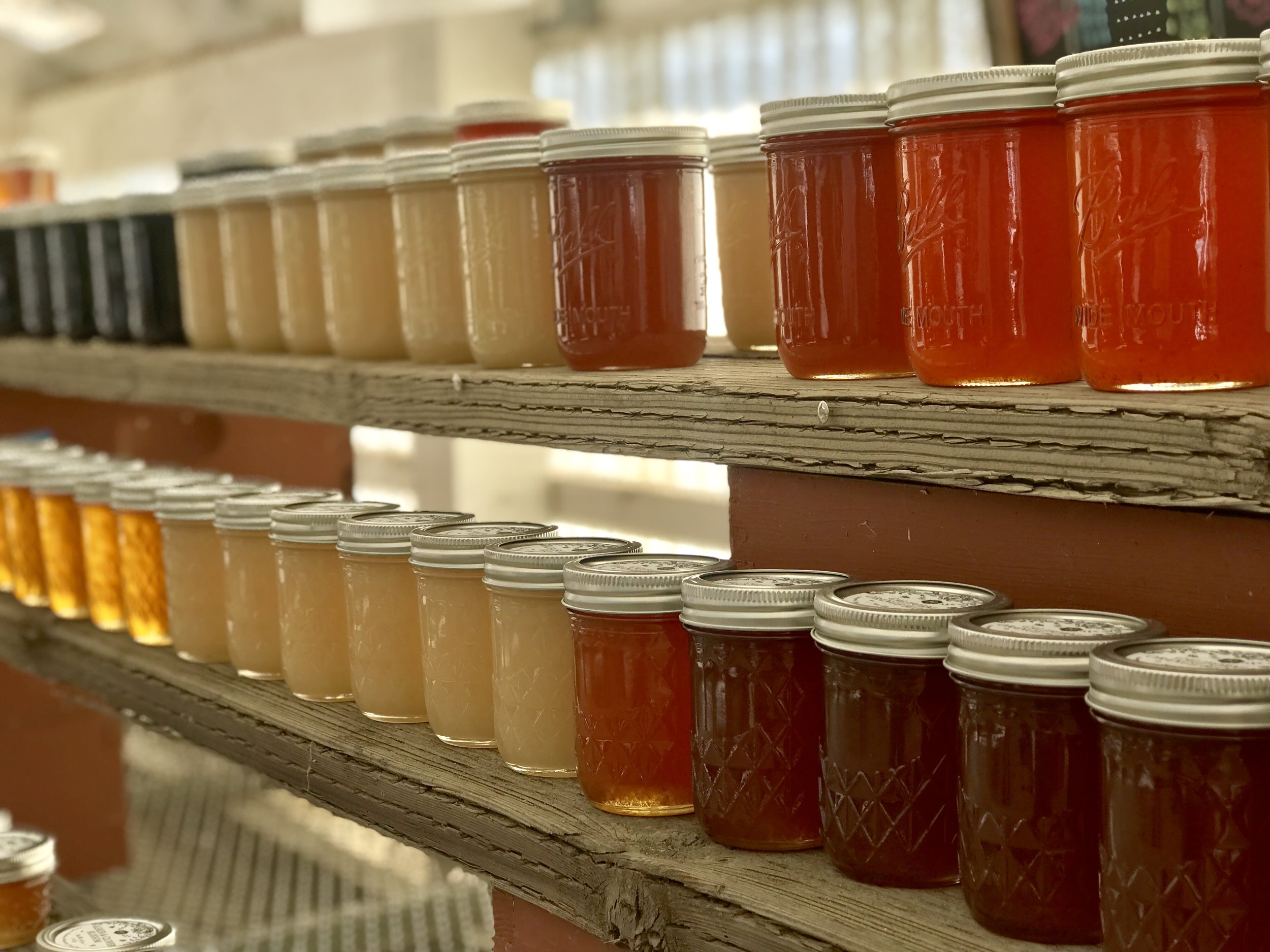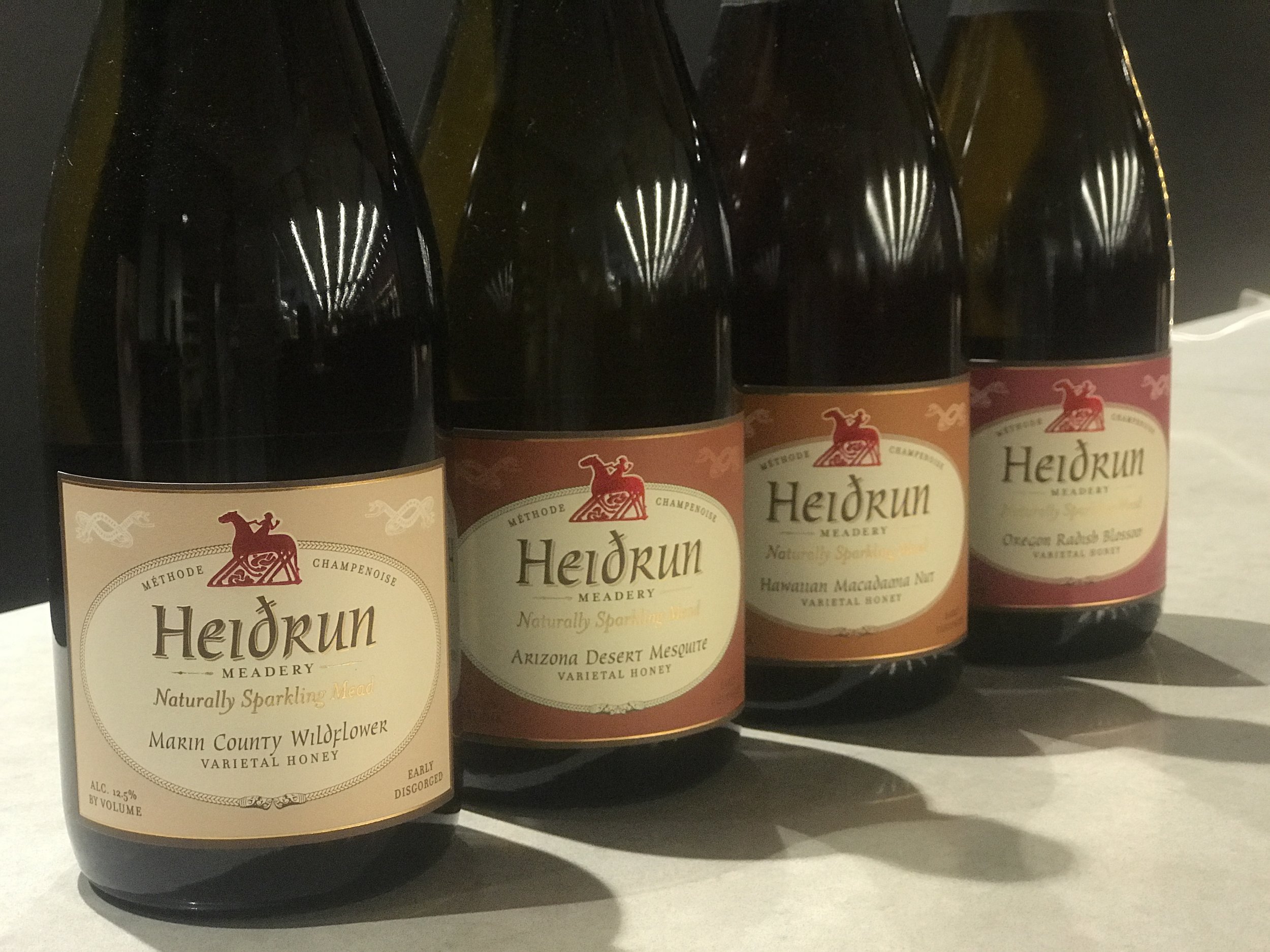Celebrate with the "Nectar of the Gods,” Sparkling Mead
If you’re looking for something fun and totally different this New Years Eve, you might think about trying sparkling mead. Yes, you heard me correctly, mead. Possibly the oldest alcoholic drink in history, this ancient libation is making a fashionable comeback. It is a drink that was enjoyed by almost every ancient culture from the Greeks, Romans, Vikings, Mayans and Ethiopians. But drinking mead today? It isn’t in our modern conscience. Until recently.
What is it exactly? I had to ask myself the same question. Outside of medieval references, I hadn’t given this drink much thought. Is it a wine? A beer? Turns out it is neither. It is its own unique drink, like cider or sake. Fermented from honey, it comes in many forms, including dry, sweet and sparkling. Generally, it ranges between 8 to 20% alcohol, so it is often referred to as “honey wine.” It is thought that the first mead was discovered from a puddle of rainwater that settled on a honeycomb and fermented in the sun. For the next thousands of years, it was enjoyed, celebrated and revered. In Norse mythology, it was believed that it could impart wisdom and intelligence. The English prescribed it everyday for a month after your wedding, believing it would bestow luck conceiving a child (hence the term “honeymoon”). But ultimately, grapes and barley were a whole lot easier to grow and harvest than honey, and slowly mead fell out of favor.
Happily sated by other drinks, we haven’t thought much about mead for the last few hundred years. But with the craft beverage movement gaining momentum, mead is starting to find itself again. When our beer buyer, Stephanie Vidales, recommend it for the holidays, I was intrigued. We have a few meads at K&L, including both still and sparkling. Heidrun, a sparkling mead, is made nearby in Point Reyes, so I decided to take a field trip to find out more.
We headed out on a warm December day to the coast. It was a perfect time to visit a meadery. Bathed in sunshine, the place was quiet and still. Down a long dirt road, we found a quaint tasting room that looked like part shed and part greenhouse. Inside was airy and light. On the far side of the room, shelves of honey reflected sunlight in variations of gold. An occasional bee danced around the honey samples. On the opposite side was the tasting bar, backed by wooden Champagne racks supporting upside-down bottles of mead.
These Champagne racks hint at the type of mead they produce, which is made in the méthode champenoise style, including riddling, disgorgement, and secondary fermentation. These are serious sparklers and a majority are completely dry (only two had a small amount of residual sugar). Unlike many meads which can be cloyingly sweet, this fermentation process creates meads that are light, fragrant and bubbly.
Gordon Hull, a former geologist, began making these meads in 1995 in Humboldt County. In 2011, he moved Heidrun to Point Reyes in order to grow flowers and cultivate his own hives. He still buys honey from other artisan producers, and he makes approximately twelve different meads at any given time, based on flora from Oregon to Arizona.
The flavor of each mead is determined by the type of honey and the flower from which the bee collected its nectar. Mild honeys, like orange blossom or clover, make traditional, delicate meads while wildflower honeys, like buckwheat or blackberry, make bolder, spicier meads. Named after the honey used, the meads show a surprising range of aromas and flavors. One mead we tried was the Oregon Radish Blossom, which had pungent aromas and sharp, spicy flavors that were slightly sweet, slightly funky and hinted towards radish. At the other end of the spectrum was the California Orange Blossom mead, which showed delicate floral and orange flavors with a slightly mineral finish. The most shocking was the Oregon Meadowfoam mead, which they had on special for the holidays. At first whiff, I was hit by Christmas aromas of cloves, cinnamon and allspice. I thought surely they must add spices, but it was all from the flower. As it turns out, the meadowfoam flower, which is used for cosmetics, makes a honey that tastes like marshmallows, and when fermented, makes a mead with strong mulling spice aromas. This fascinating progression from flower to flute is what makes mead so interesting.
As we tasted through the sparkling meads - sniffing, swirling and sipping - I kept asking myself, “Is this like beer? Is it like wine?” But ultimately, it was neither - it was mead, a drink completely unto its own. Unique and distinctive, this is a drink loaded with delectable personality. I highly recommend popping a cork, and in the process, don’t try to compare it to anything you’ve had before - just sit back and enjoy the authentic character of mead.
Heidrun "Hawaiian Macadamia Nut" Sparkling Mead
Heidrun "Arizona Desert Mesquite" Sparkling Mead
Heidrun "Madras Carrot Blossom" Sparkling Mead
Heidrun "California Orange Blossom" Sparkling Mead







